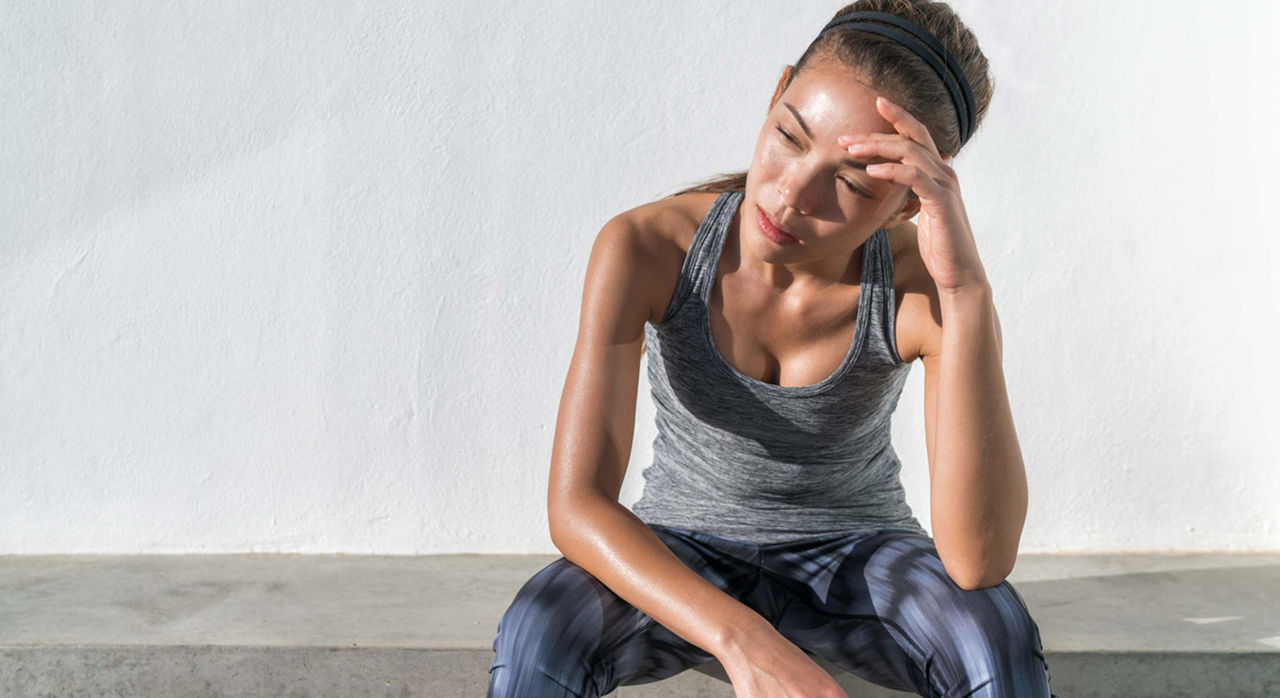-
- Find Care
-
- Visitor Information
- Find a Location
- Shuttles
- Visitor Policies
-
-
- Our Virtual Care Options
- Virtual Urgent Care
- Virtual Visits for Primary & Specialty Care
- Online Second Opinions
- Participate in Research
-
- Contact us
-
- For Innovators
- Commercialization Guide for Innovators
-
-
- Research News
- Alzheimer's Disease
- Artificial Intelligence
-
- Overview
-
- Overview
- Getting Started
- New to Mass General Brigham
- International Patient Services
- What Is Patient Gateway?
- Planning Your Visit
- Find a Doctor (opens link in new tab)
- Appointments
- Patient Resources
- Health & Wellness
- Flu, COVID-19, & RSV
- Billing & Insurance
- Financial Assistance
- Medicare and MassHealth ACOs
- Participate in Research
- Educational Resources
- Visitor Information
- Find a Location
- Shuttles
- Visitor Policies
- Find Care
-
- Overview
- Our Virtual Care Options
- Virtual Urgent Care
- Virtual Visits for Primary & Specialty Care
- Online Second Opinions
-
- Overview
- Participate in Research
-
- Overview
- About Innovation
- About
- Team
- News
- For Industry
- Venture Capital and Investments
- World Medical Innovation Forum (opens link in new tab)
- Featured Licensing Opportunities
- For Innovators
- Commercialization Guide for Innovators
- Contact us
-
- Overview
- Information for Researchers
- Compliance Office
- Research Cores
- Clinical Trials
- Advisory Services
- Featured Research
- Two Centuries of Breakthroughs
- Advances in Motion (opens link in new tab)
- Brigham on a Mission (opens link in new tab)
- Gene and Cell Therapy Institute
- Research News
- Alzheimer's Disease
- Artificial Intelligence
-
- Overview
-
- Overview
- Residency & fellowship programs
- Brigham and Women's Hospital
- Massachusetts General Hospital
- Mass Eye and Ear
- Newton-Wellesley Hospital
- Salem Hospital
- Integrated Mass General Brigham Programs
- Centers of Expertise
- Global & Community Health
- Health Policy & Management
- Healthcare Quality & Patient Safey
- Medical Education
- For trainees
- Prospective trainees
- Incoming trainees
- Current trainees
- Continuing Professional Development
Exercising in the Heat: How to Stay Safe

Whether you exercise indoors, on a trail, on a field, or at any other location, your body can overheat. Everyone who exercises—even high-level athletes in prime condition—should have a plan to prevent heat-related illness and be aware of the signs.
“Your body is built to cool itself while you exercise. But when you exercise in warmer temperatures, your body has to work harder to do that,” says Sarah Eby, MD, PhD, a sports medicine specialist at Mass General Brigham and Spaulding Rehabilitation.
“Everyone’s tolerance to heat is going to be a little different, and your body needs to be trained and prepared for what you’re asking it to do,” she adds. “So when you’re planning to exercise, especially when outdoor temperatures start to warm up, you need to start low, start slow, and ease into activity. Keep an eye on your body and how it’s doing, and don’t push it too much.”
Hot weather workouts can lead to heat-related illness
“Heat-related illness is your body’s response to excessive heat, excessive sweating, and the associated dehydration and loss of salt. Your body is basically telling you that you need to cool off,” Dr. Eby says. “When you develop symptoms of heat-related illness, your internal body temperature could be rising. That affects cellular and organ function, and it can damage internal tissues.”
Heat-related illness is a continuum, Dr. Eby says, from mild and reversible symptoms to a medical emergency. The stages are:
- Heat cramps, which cause muscle cramps, often in your legs or stomach
- Heat exhaustion, which can cause exceptionally heavy sweating, clammy skin, dizziness, weakness, and nausea
- Heatstroke, a life-threatening condition that can happen when your body temperature is over 104°F (40°C)
What to do when you’re overheated while exercising
The moment you notice any early signs of heat-related illness:
- Get out of the heat or sun immediately.
- Remove extra clothing.
- Rest.
- Drink water or a sports drink (but don’t take salt tablets — they can make you more dehydrated).
- Sponge yourself with water and fan your skin (don’t drench yourself with large amounts of cold water).
Dr. Eby cautions that you should seek immediate medical attention if you:
- Have a fever
- Pass out
- Throw up
- Don’t feel any better after resting and cooling yourself for an hour
How to prevent heat exhaustion while exercising
Of course, the best strategy is to avoid developing heat-related illness in the first place, Dr. Eby says. She offers several simple strategies for athletes at all levels.
Hydration: the best way to prevent heat exhaustion while exercising
It’s essential to drink plenty of fluids before, during, and after a workout — even if you don’t feel thirsty.
“Hydrate, hydrate, hydrate,” Dr. Eby says. “Many athletes may say, ‘I don't need anything.’ But it’s so important to make sure that you’re maintaining hydration for your health and your performance. Coaches, trainers, and parents can help. Make sure you have hydration available for athletes, and normalize that athletes need to be drinking.”
Dr. Eby and the American Council on Exercise suggest the following plan for hydration while you exercise:
- Several hours before exercise: 17 to 20 ounces of water
- 20 to 30 minutes before exercise or during warm-up: 8 ounces of water
- Every 15 to 20 minutes during exercise: 4 to 8 ounces of fluid
Read more hydration tips for athletes.
Other tips to prevent heat exhaustion
According to Dr. Eby, when exercising in the heat, you should:
- Limit training on very hot days, especially in the middle of the day. Get your workouts in during the morning or evening hours.
- Dress in light-colored, loose, moisture-wicking clothing. The right clothes can help your body’s natural cooling mechanism function at its best.
- Pace yourself. Don’t start with high-intensity activity. Instead, take your time, build intensity slowly, and back off if your body tells you to.
- Find a buddy, such as a teammate or a running partner. Remind each other to drink fluids, and monitor each other for any symptoms.
- Rest often in shady areas. For example, plan your running route to make sure it includes some shade. Or bring a pop-up tent for the sidelines on gameday.
- Wear sunscreen, because sunburn can affect your body’s ability to cool itself.
What heat index is dangerous for sports?
Heat index is a way of characterizing what the temperature outside actually feels like to the human body. It’s also sometimes called “apparent temperature” or “real feel.” Heat index takes into account relative humidity in addition to air temperature. Athletes, parents, coaches, and team administrators can use the heat index for sports decisions, to set heat guidelines for sports and other activities.
The National Weather Service offers a heat index calculator and chart. You can use the tools to calculate the heat index and determine whether it’s safe to be exercising in the heat.
There are general heat index guidelines for youth sports and other people in high-risk groups, such as older people. Those guidelines indicate that you should begin to use caution at a heat index of 80. When the heat index is 90 or higher, athletes can be at risk for heat-related illness.
Dr. Eby recommends that athletes use the heat index to better understand the way heat affects them.
“Athletes and active individuals should also remember that heat index is calculated for the shade,” she says. “Your body’s response to the exact same workout at the same heat index is going to be very different if that workout is primarily in the sun versus the shade. With that in mind, take a look at the heat index and then go and do your workout. See how you did and how you felt, and take that into consideration the next time you exercise in the heat.”
